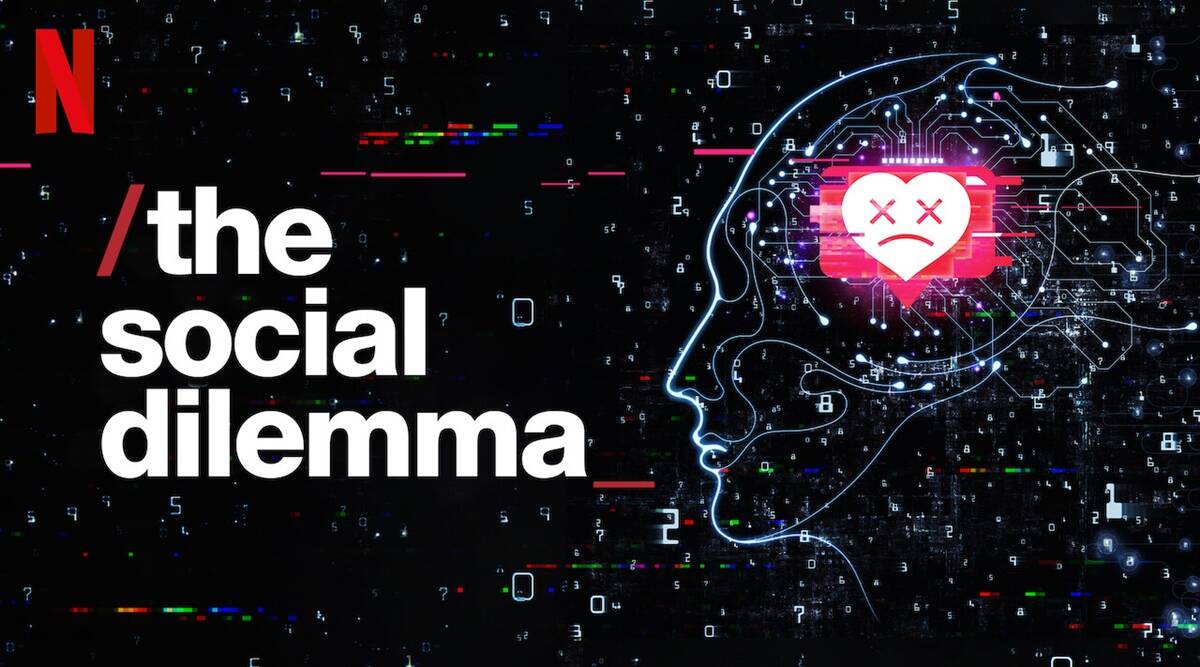Would the “Extreme Centre” featured in The Social Dilemma be prevented from radicalising people if greater regulation was in place? Of course not, they should have used FOSS to get their message out!
…I’m being facetious, but honestly, FOSS-or-not is orthogonal to the issues set out in the documentary. The fact that most FOSS social networking doesn’t have ads has nothing to do with the source code being available under a particular licence. It happens because it’s run by idealistic volunteers who will use money they obtained elsewhere to promote both FOSS and services without ads, because they like both things. An AGPL social network could use exactly the same manipulations to fund itself and it would still be free software provided they shared the code.
The actual alternative was stated very clearly in the documentary - you have to pay, or else you are the product. There is a narrow window that exists in the small FOSS communities now where that isn’t true, but if you want to see an alternative that works at scale you’d better be ready to subscribe to that patreon or your providers are not going to make it. As usual, it’s about $.
deleted by creator
I think the key concepts are “at scale” and paying for that scale. Getting someone “to pay” to support a product can take many forms. Subscription is a big one and probably the one that comes to mind immediately because of Patreon, etc. but when one hosts their own Mastodon instance or if they would host their Lemmy server, etc.; one is still paying indirectly for the product in terms of web hosting, admin time, ISP, certs, etc.
I’ve worked on some open-source software products in the past (back in the early 2000s) and you are right, we didn’t need sponsors. We had a paypal address in the readme.txt file that someone could donate to if they wanted (which never happened) but it was also software that installed on one’s linux box. There was no ongoing cost to maintain it from version to version, what you got in that version was what you got and if there were bugs or features that should be added then that is why it was open source. A web application (albeit an open source one) seems like a different animal to me. Maintaining an open-source application on the internet is inherently more cost and potential liability as well as the potential for the damage that can be done through a vulnerability or compromise being higher.
I don’t have any answers and like you, I am happy to be corrected, but it seems to me that to have BOTH scale and still remaining FOSS for a web-based application: you either need to have a subscription or you need to distribute “cost” through a federated model where people are still “paying” but in a different way by eating the overhead collectively.
deleted by creator
It depends if you are thinking about corporate open source or ethical open-source. I do think that free software is avoiding those kind of issues. I especially think federalization is a great thing. I don’t think it would be any viable to get ads on lemmy or on mastodon. People would just switch to another instance ad-free.




